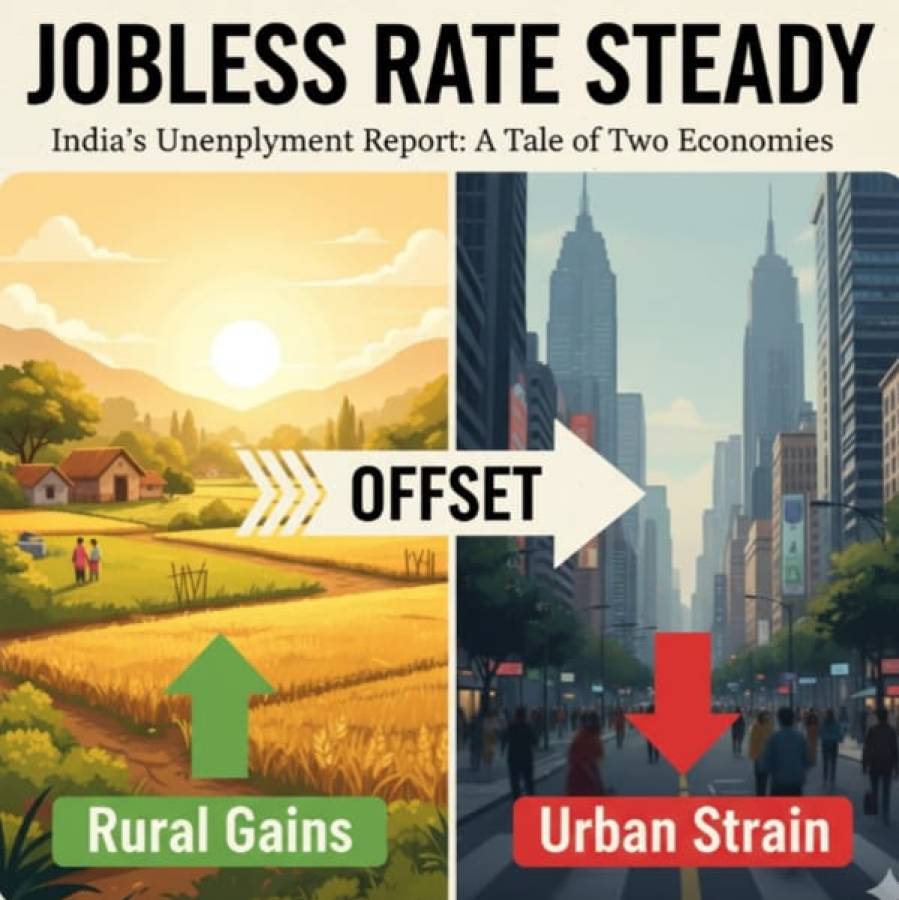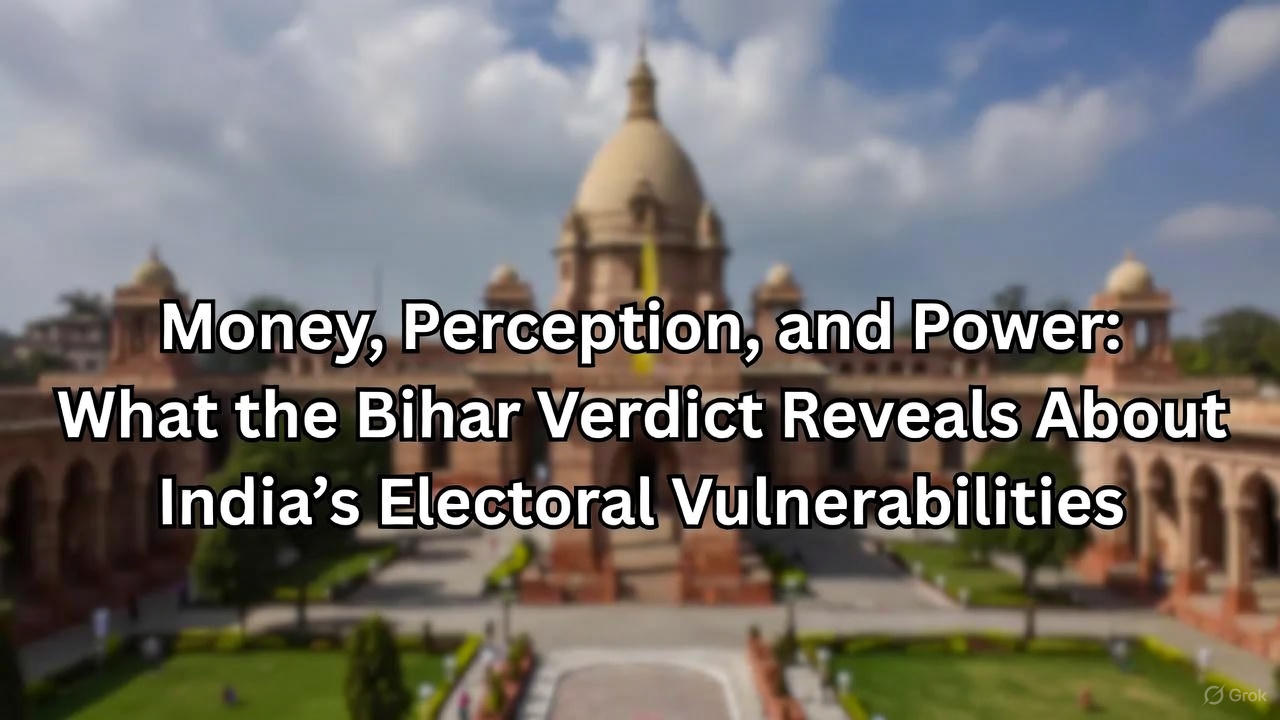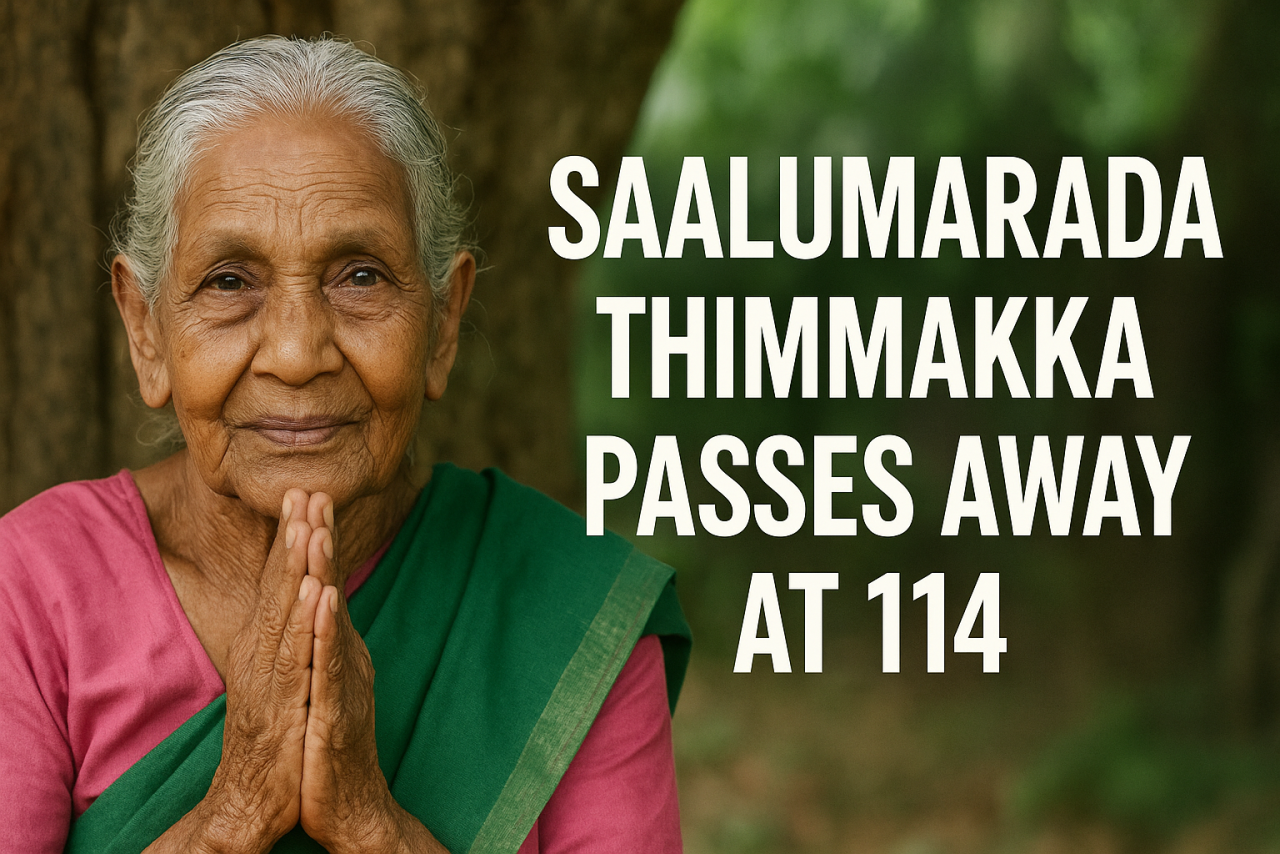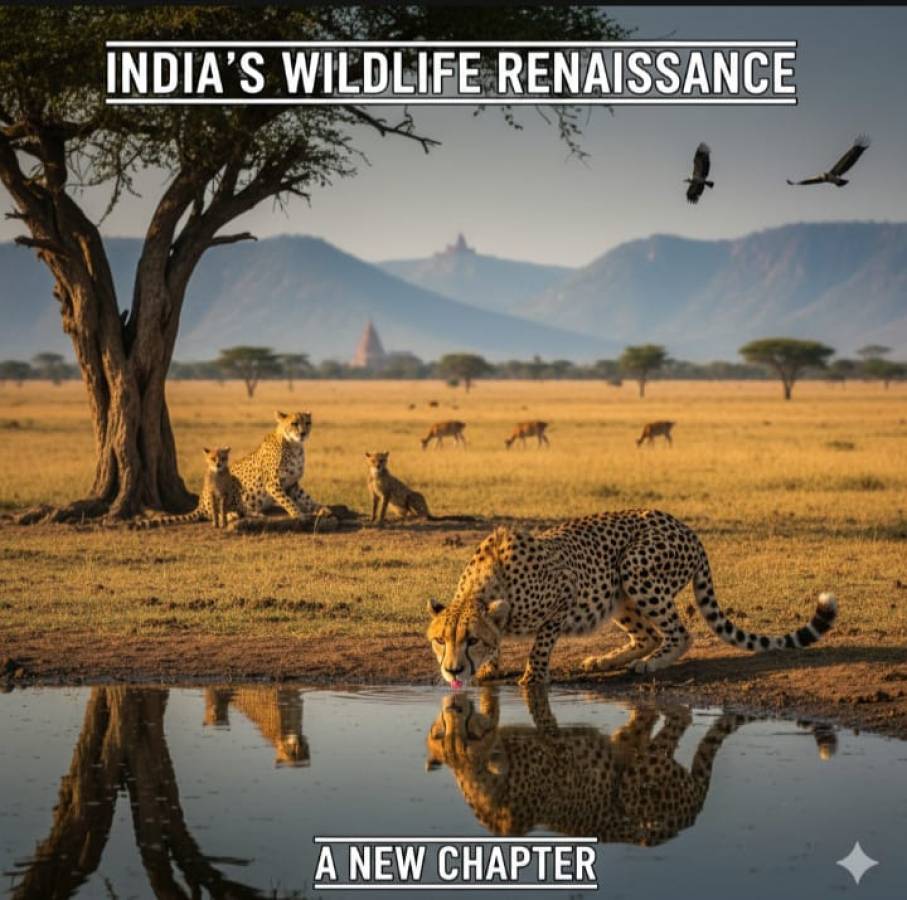
In the sacred land of Ajmer, where the timeless Dargah of Khwaja Moinuddin Chishti stands, peace and reverence have long been the ruling forces. Here, under the watchful eyes of the Aravallis, the air hums with Qawwalis, and the hearts of devotees bow in unison, transcending the barriers of faith, caste, and creed. Ajmer Sharif has been a sanctuary for the seeking soul—a testament to India’s spiritual unity. Yet, even this luminous beacon is not untouched by the shadows of contemporary politics, which seek to fracture the very essence it represents.
The Constitution’s Promise: A Secular India
India, a land woven with myriad cultures and beliefs, declared itself a secular state in its Constitution. The preamble upholds the principle of equality for all religions, ensuring that the state neither endorses nor discriminates against any faith. This ideal, a cornerstone of the Indian identity, seeks to ensure that places of worship like Ajmer Sharif remain spaces of unity rather than division. The shrine exemplifies this promise; Muslims, Hindus, Sikhs, and Christians alike flock to its gates, seeking solace, blessings, or simply the quiet comfort of divine presence.
But secularism, like the delicate threads of a tapestry, requires care. Political forces have sometimes strained these threads, turning the sanctity of shared spaces into battlegrounds of ideology and power.
The 1991 and 2002 Religious Acts: Safeguards or Sparks?
In 1991, the Indian Parliament passed the Places of Worship (Special Provisions) Act, a legislative commitment to preserve the religious character of all places of worship as they stood on August 15, 1947. This law sought to prevent the re-litigation of historical grievances, aiming to uphold communal harmony amidst rising tensions. Its core message was clear: the past cannot be undone, and the future must be one of coexistence.
A similar reaffirmation in 2002 reiterated this stance, fortifying the legislative shield against attempts to alter or reclaim religious sites based on historical narratives. However, the act left one significant exception—the Babri Masjid dispute, which was already mired in legal proceedings.
Today, Ajmer Sharif finds itself drawn into a similar controversy. Claims have emerged that the Dargah was built atop a Shiva temple, reviving age-old debates about the “true” history of such spaces. A case has been registered, and the matter now lies before the courts. This has ignited discussions not only about the shrine itself but also about the broader implications for India’s secular ethos and communal harmony.
Ajmer Sharif: A Symbol Beyond Boundaries
Ajmer Sharif is more than a shrine—it is a bridge. In its courtyards, devotees of all faiths light candles and offer chadars. Hindus perform rituals side by side with Muslims. It is a living example of what Rumi once wrote: “The lamps are different, but the light is the same.” The shrine’s appeal lies in its universality, its ability to speak to the divine spark within every heart, irrespective of religion.
So why, then, does this sanctuary find itself in the crosshairs of political and legal debates? The answer lies not in the shrine’s essence but in the agendas of those who seek to divide.
Politics of Polarization: A Dangerous Game
The controversy surrounding Ajmer Sharif is emblematic of a larger trend in Indian politics: the use of religious narratives for political polarization. In an increasingly fragmented political landscape, some forces see division as a shortcut to power. The strategy is simple yet insidious—raise questions about historical grievances, amplify them through public discourse, and polarize communities along religious lines.
This tactic not only undermines India’s secular framework but also erodes the sanctity of places like Ajmer Sharif. The shrine, a symbol of unity, is being drawn into a narrative that seeks to pit communities against one another. In this game, the losers are not just the devotees who come seeking solace but the very fabric of Indian democracy.
The Road Ahead: A Call for Wisdom
As the courts deliberate on the claims surrounding Ajmer Sharif, the larger question looms: What kind of nation does India wish to be? A land of shared sanctuaries or a battleground of grievances? The 1991 and 2002 acts provide a legal framework, but laws alone cannot preserve harmony. It is the spirit of the people, the wisdom of leaders, and the vigilance of civil society that must rise to the occasion.
Rumi’s words offer guidance: “Raise your words, not your voice. It is rain that grows flowers, not thunder.” India’s leaders and citizens alike must raise their words for unity, for secularism, for the sanctity of shared spaces like Ajmer Sharif. Let the shrine remain what it has always been—a haven for the weary, a light for the lost, a reminder that divinity transcends human divisions.
Conclusion: Ajmer Sharif, the Eternal Flame
In the heart of Rajasthan, Ajmer Sharif continues to stand as it always has—a refuge of love, a beacon of unity. Let not the noise of politics dim its light or the storms of controversy shake its foundation. Instead, let it inspire us to rise above divisions, to honor the spirit of the Constitution, and to remember that in the end, it is not the structures we build but the bridges we form that define our humanity.
For as Rumi wrote, “When the soul lies down in that grass, the world is too full to talk about. Ideas, language—even the phrase each other—doesn’t make any sense.” In the presence of the divine, all that remains is love, and Ajmer Sharif is its eternal witness.





















